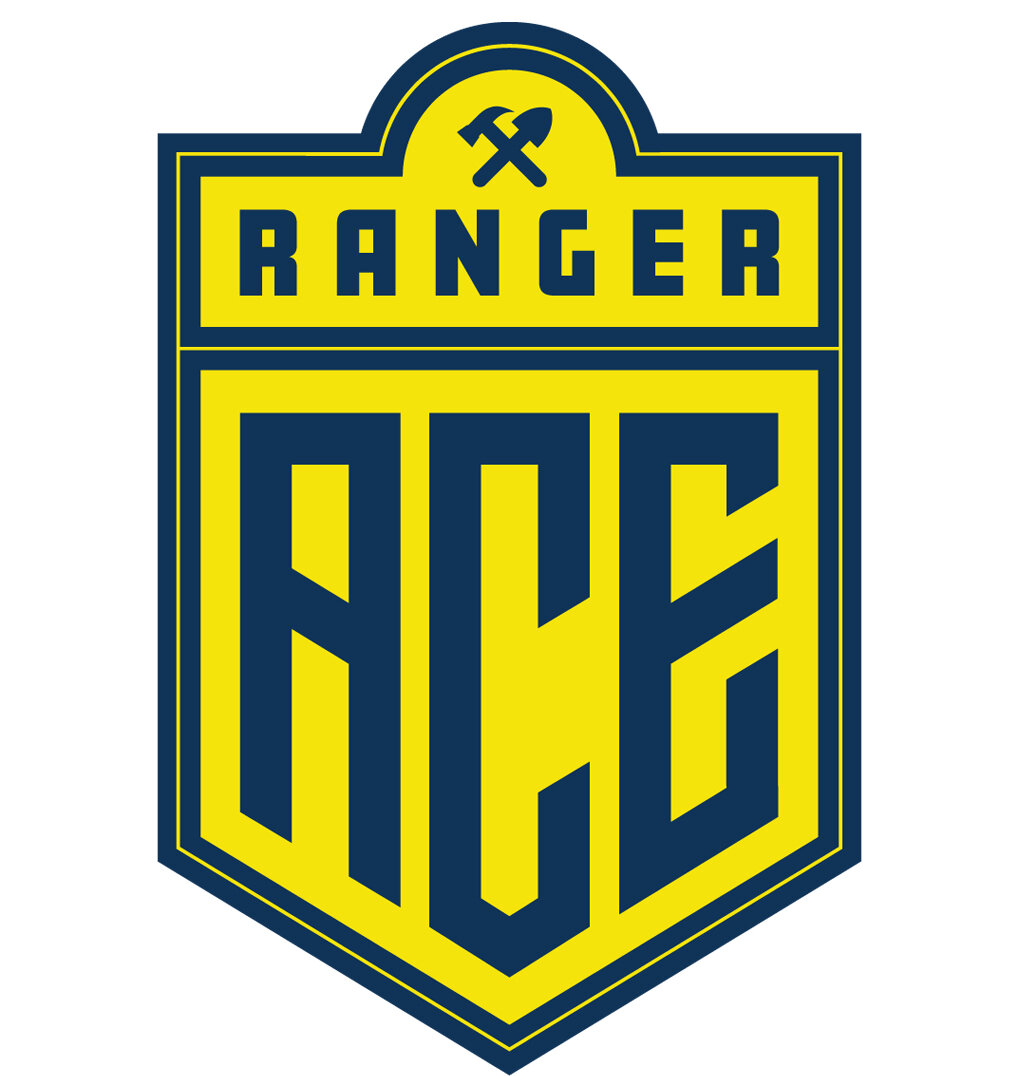2018 DAY 3: Heavy Equipment, Trucks, and Concrete
For the third day of camp, campers got the exciting opportunity to get familiar with two of the most well-known elements of construction: heavy equipment and concrete.
One of the completed puzzles that campers put together as teams.
Instead of just seeing them on the side of the road through a car window, campers were able to get up close and personal to a variety of specialized machinery and trucks.
Before getting to see the equipment up close, RangerACE Pro Homer Stevens teamed up with instructors to guide the teams of campers through self-exploration of some of the equipment they would be seeing. Each team was given a set of scrambled puzzle pieces with various equipment information and tasked with unscrambling the pieces in order to produce completed puzzles such as the one shown here.
After getting familiar with the equipment, campers were split up into two groups and got ready to explore then rotate between two sites; one with trucks specifically for the pads and a demo site to show off a larger dozer, driven by Homer. Campers were able to see the equipment in action, as Homer dug up and then refilled a large area of dirt in around 20 minutes.
To get out of the heat and cool-down before lunch, campers headed inside to play game teaching the basics of concrete before more Pros came in the afternoon to go in-depth about the intricacies of concrete.
During lunch, workers came to set wooden forms around where the pads were set out to be. After, RangerACE Pros Hamilton McRae and Ryan Davis arrived to introduce the campers to concrete in a brand new light.
Hamilton McRae showing campers the information engineers look at when deciding on what aggregate and size of rock to use in a project or batch of concrete.
First, McRae and Davis taught campers how to take density shots of the ground; a process always performed prior to pouring any concrete to ensure that the ground they are pouring on is structurally able to hold the concrete.
Unbeknownst to many, there is an art to making a batch of concrete and each job requires a different, specialized mix in order to meet project requirements and standards. Pictured to the right is McRae introducing campers to samples of aggregate used in mixing concrete or used as the base for concrete to be poured on. Campers would have the opportunity the opportunity on Thursday to get to see where these materials come from as well as learn more about how quarries drill, blast, and sort the rock they sell.
Once a batch of concrete has been mixed, it must be tested in order to ensure that it is strong enough for the job at hand. In order to get a feel for the whole process, McRae and Davis assisted the campers in piecing their knowledge of concrete together and making their own batch. After getting the chance to mix up the concrete solution, each camper took a testing tube and filled it with concrete, just how engineers such as McRae and Davis do when testing a batch of concrete. Instead of sending the tubes off to a lab to test the hardness of the concrete, each camper got to take their tube home as a souvenir!
Finally, as one of the final steps to completing their racing pads, campers assisted Wayne Voswinkel and crew from Texas Concrete in pouring and spreading concrete into each team’s pad.


